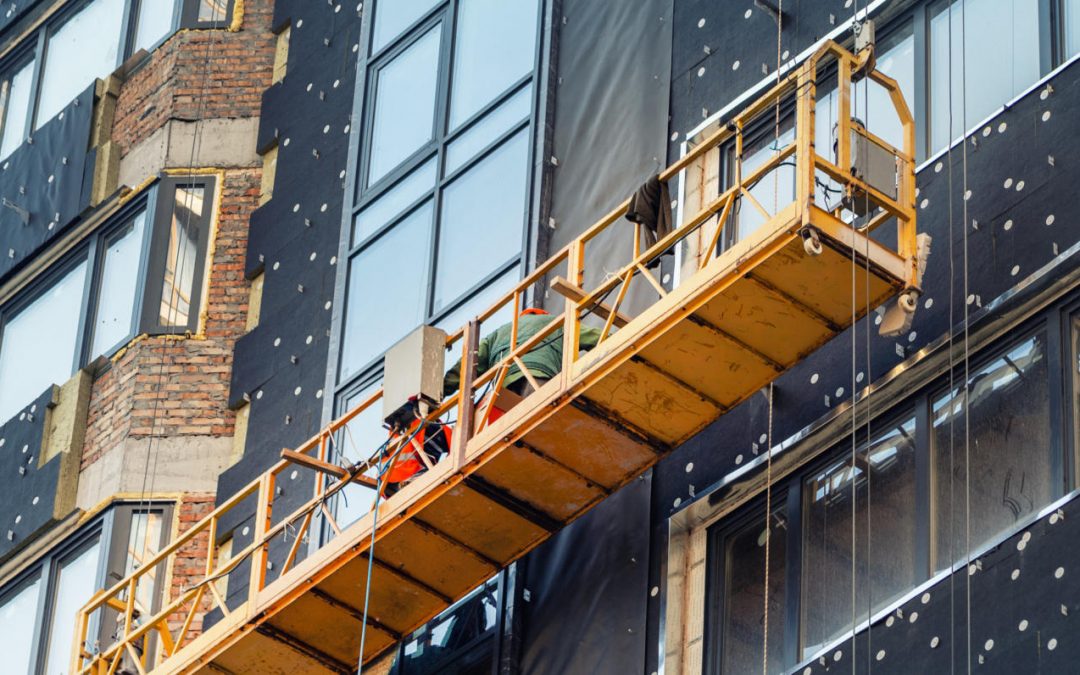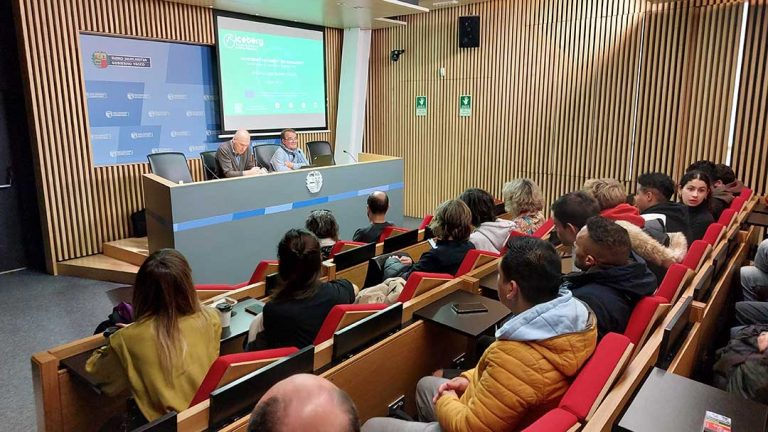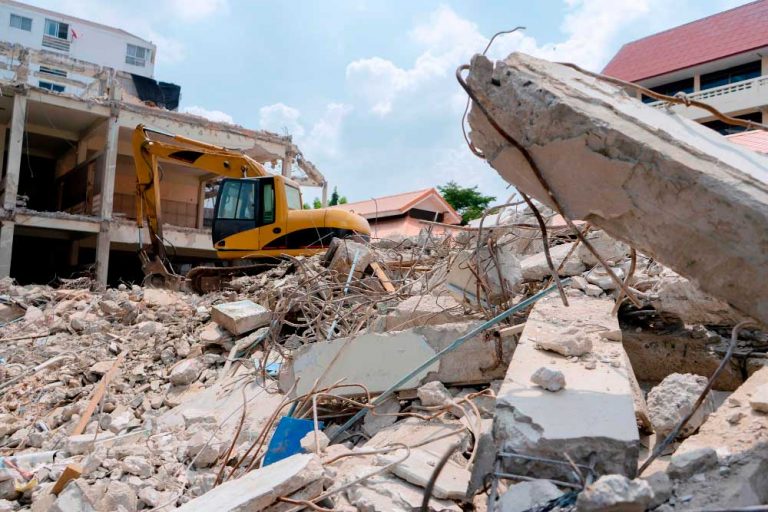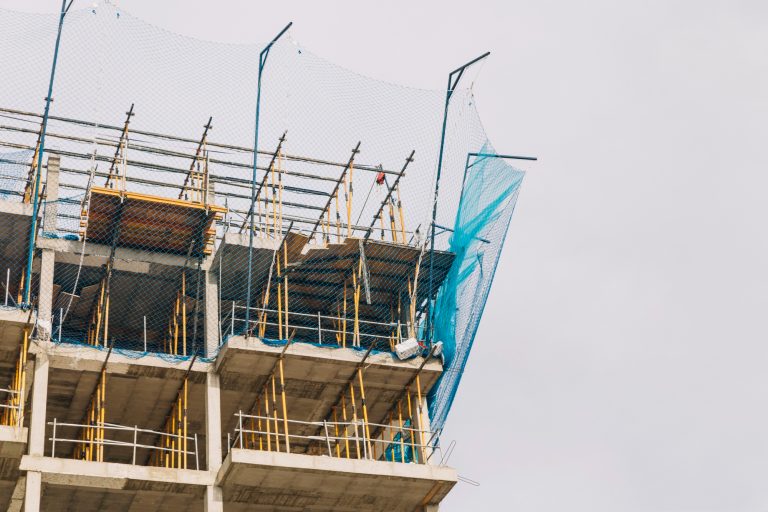Sustainable construction is one of Europe’s commitments on its roadmap for the progressive decarbonisation of the economy. In fact, along with the rehabilitation of existing buildings, it is one of the backbones of the European Green Deal and the driving force of specific strategies such as Renovation Wave.
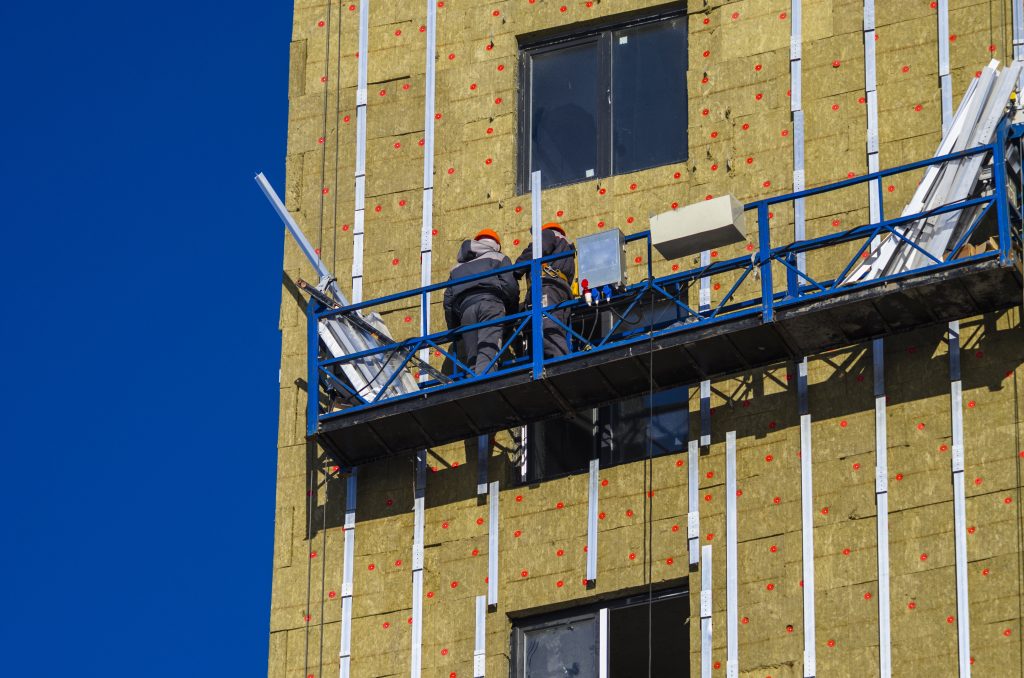
The impact of the coronavirus pandemic on the socioeconomic fabric, with significant repercussions on jobs, has turned this activity into an incomparable opportunity to revitalise the job market and improve the energy efficiency of buildings.
What is sustainable construction?
Sustainability in construction has been gaining momentum for some time. This can be deduced from global trend reports such as that published by Dodge Data & Analytics in 2018, where the growing interest in this activity could already be seen, with a majority of those surveyed expecting to double the number of sustainable projects from 2018 to 2021. So, what does this trend consist of?
Sustainable building, as contained in the Guide on sustainable building and rehabilitation in the Basque Autonomous Community, is a process that involves multiple stakeholders (homeowner communities, construction firms, architecture offices, etc.) and which must prioritise the conjugation of three verbs: reduce, conserve and maintain.
Its main objective is to integrate functional, environmental and quality aspects in the construction and renovation of buildings and infrastructures, with the purpose of:
- Highlighting the increased quality of life provided by a construction that takes care of factors such as accessibility, sustainability or comfort. It is estimated that “sick building syndrome” raises health-related complaints by more than 20%.
- Increasing efficiency in the consumption of resources, integrating the use of renewable energy and carrying out an adequate management of waste water, for example. Two key conditioning factors in this respect are promoting the use of construction materials that facilitate putting into practice the fundamentals of the circular economy or implementing natural solutions that increase energy efficiency.
- Respecting the local heritage, culture and specific features of neighbourhoods where the sustainable infrastructures and buildings are integrated.
- Being competitive from an economic point of view, simplifying maintenance tasks.
Likewise, sustainable buildings must also take into account their immediate surroundings and must be integrated within a framework of sustainable development and regeneration.
Why sustainable construction is so important
The construction sector is a big consumer of raw materials. In general, it is estimated that it consumes approximately 65% of all the aggregates (sand, gravel and crushed rock) and some 20% of all the metals extracted around the world. To provide detailed figures that, to a certain extent, make it possible to estimate the environmental effects of the construction sector, it is enough to note that:
- the production of just one kilogram of cement requires 3.22 kg of abiotic resources (clay, limestone, etc.), 17 kg of water and 0.33 kg of air;
- every m2 built requires 6 tonnes of material and generates 0.8 tonnes of waste.
Sustainable construction, therefore, is necessary because it enables optimal use of resources and implementing dynamics of material circularity. Promoting mechanisms aligned with sustainable building also reduces, at the same time, the environmental impact caused by the extraction and processing of these materials. Its significance is such, it could be said that the concept of a circular economy makes no sense if construction is not circular.
Likewise, promoting the construction of sustainable housing and environment-friendly infrastructures also has an impact on the decarbonisation of the economy. After all, it is considered that the construction sector is responsible for approximately 20% of global emission of CO2, a percentage to which we must add 30% more as a result of the subsequent operation and maintenance.
Therefore, all actions that help to reduce the release of CO2 to the atmosphere have a positive effect in the fight against global warming. This is why many interventions focus on improving energy efficiency, particularly in existing housing, with plans and programmes aimed at rehabilitation that could bring down emissions by as much as 80%. Correct management of the construction materials used and of the waste generated would also bring significant benefits, estimating the direct reduction in emissions at percentages close to 45%.
Implementation of circularity frameworks and introduction of new materials
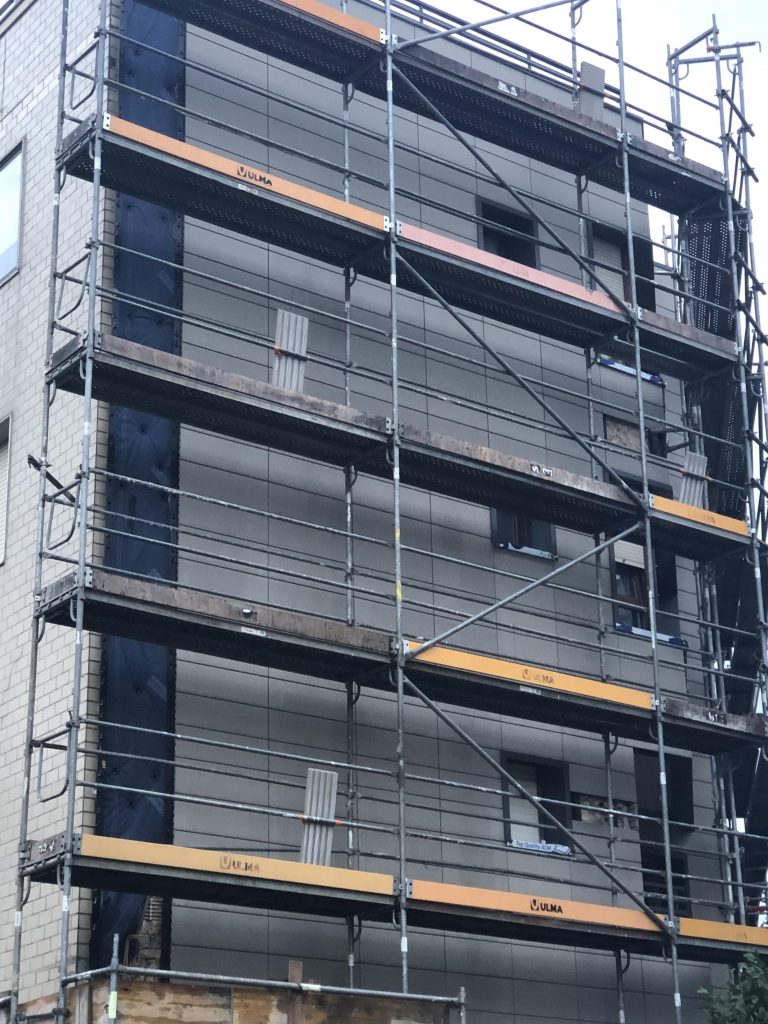
As we have seen, the consumption of resources in traditional construction is clearly unsustainable. Putting into practice a circular economy is, therefore, essential to ensure the sector’s continuity. It is a process that has to be contemplated from the project phase of the development or construction by means of adequate planning that takes into account the use of resources, covering the entire life cycle of the building or infrastructure.
On the other hand, natural solutions applied to building façades or roofs has a clear benefit from the point of view of energy efficiency and the conservation of resources such as water.
Thus, interventions such as green roofs help to regulate the water cycle, act as a carbon sink and benefit the maintenance of biodiversity. Putting these types of solutions into practice is also a way to begin the necessary adaptation required by the climate crisis.
Sustainable Construction in the Basque Country, a train that can’t be missed
One of the reasons why sustainable construction is becoming more widespread, in addition to the benefits it brings, is due to the need to adapt to new environmental regulations.
In this respect and as regards the Basque Country, the message sent by the future climate change law currently being drafted is clear: the construction sector must reduce its environmental impact and its emissions. As contemplated in the draft law itself, the ways to achieve this goal are based on renewable energy, ecodesign or optimisation of the use of materials.
However, this new legislative framework is but a milestone on the long path planned by the Basque Country in order to respond to the challenges and opportunities of sustainable construction. In this respect, one of the flagships of the Basque strategy are the Guides on Sustainable Rehabilitation, Building and Urbanisation, resulting from the collaboration between Ihobe, the Basque Government’s Housing Department, its public corporation VISESA, and SPRILUR. They are one of the few examples of public initiative at European level that seek to structure a system to assess and even recognise the environmental sustainability of buildings. In addition, taking the guides and their project and work assessment methodology as the foundation, other tools have been developed to stimulate the offer and demand of sustainable building. Green public procurement criteria, education resources, municipal ordinances on the matter or financial products are a clear example of this.
The Basque Urban Agenda Bultzatu 2050, approved in 2019, is also part of this planning and initiatives such as the AGREE and ICEBERG PROJECTs are, in a way, examples of its deployment.
One of the objectives of the Agree project is to improve the energy efficiency of housing built between the 1940-1980 period, which account for 57% of residential buildings. The experience, which includes the collaboration of Ihobe among other stakeholders, has been launched with three pilot projects through which the aim is to mobilise more than 8 million euros in investment and reduce 250 tonnes of CO2e/year until 2022.
The ICEBERG PROJECT, participated by several European countries and entities such as Ihobe, is focused on the reuse of construction and demolition waste in a clear commitment to the circular economy. The goal is none other than to develop systems and methodologies that make it possible to produce recovered materials of high value and with low levels of impurities that can be reintroduced to the market.
Optimisation of resources, circularity of materials, conservation of raw materials or rational consumption are terms associated with sustainable construction. Its implementation is a necessity in order to achieve sustainability. It is an essential requirement to make it possible for future generations to satisfy their needs. But above all it is an opportunity, a chance to put people at the centre, and in particular, their well-being.
GUIDES ON SUSTAINABLE REHABILITATION, BUILDING AND URBANISATION (in spanish)

